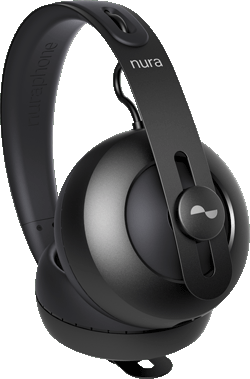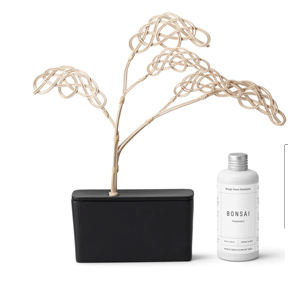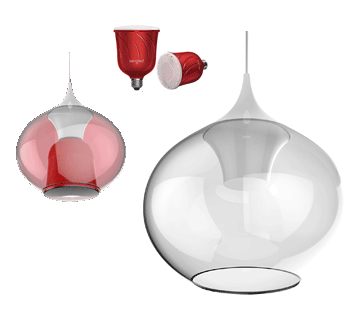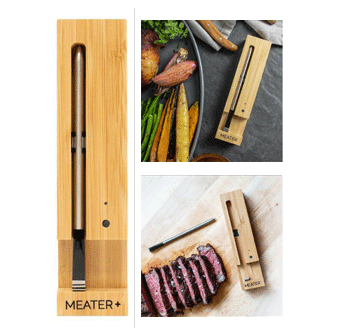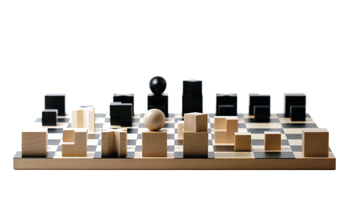It‘s the most important tool in the kitchen. Whether you are a professional or an amateur chef – when it comes to the subject of knives, the right handling, selection and care are essential.
Selection
Most important for the amateur chef is a good chef‘s knife (blade length of at least 20 centimeters) for cutting meat, fish and vegetables. Besides this, basic equipment includes a bread knife with a serrated edge and a small „office“ or paring knife, for things such as mushrooms and herbs. A salmon or ham slicer, a cheese knife and a special boning knife can be added on.
Honing and grinding
To maintain the sharpness, you usually use a honing steel, which is repeatedly passed along both sides of the entire blade. With grinding, however, a knife which has become dull regains its basic sharpness. For this, a (wet) whetstone is used – even better, let a professional take care of this.
Holding it properly
Grasp the chef‘s knife, which is used most frequently, with the lower three fingers of your right hand on the handle. Place your thumb and index finger on the right and left of the lower part of the blade.
Care
Knives should not be put in the dishwasher, but washed by hand in warm water and a little mild dish detergent. Rub carbon steel blades with oil from time to time to protect them from rusting.
Cutting base
The best are cutting boards made of wood or of high quality, soft plastic. Hard materials (stone, glass) damage the blade.
Storage
Don‘t store your knives loose in a drawer, but use a knife block, a special knife case or a magnetic strip. This way you keep the blades from hitting against each other, which damages them over time.
Colleague with a cutting edge
Steffen Szabo (27) is one of the youngest award-winning chefs in Germany and reveals what really matters about a good knife.
I use about 25 different knives in the kitchen. My most important – and at the same time my favorite knife – is a chef‘s knife from the Japanese manufacturer Kai. It has a 21-centimeter-long blade and a wooden handle; thus, a really nice look to it. But functionality is what is decisive. With the Kai knife, I simply have a superb hand feeling. That‘s important, because for me a knife is something like an extension of my right arm. Why did I select the Japanese Kai model for my kitchen? For two reasons: It is an all-round knife that I can always rely on. In addition: We offer Japanese specialties with freshly prepared sushi variations, and with its sharpness and superb handling, the Kai is the perfect sushi knife for me.
I‘ll keep working with it as long as I can. I bought it for around 120 euros about seven years ago, and a knife of this quality will last for about ten years under daily, professional usage – if it is given proper care. I always say: Every knife has a right to be treated well. Once a week I put my Kai knife on a whetstone made of fine sandstone. Personally, I prefer this to a honing steel. The wet grinding is, so to speak, like peeling for the knife.
If I were asked what to look for when buying a knife, my most important tip is:
Pay attention to how the knife lies in your hand. Would it be more comfortable if it were a little heavier, or would you handle a lighter one better? That is very much a matter of feeling. In terms of price, a good chef‘s knife costs between 100 and 150 euros. But then you really have 100% quality.
